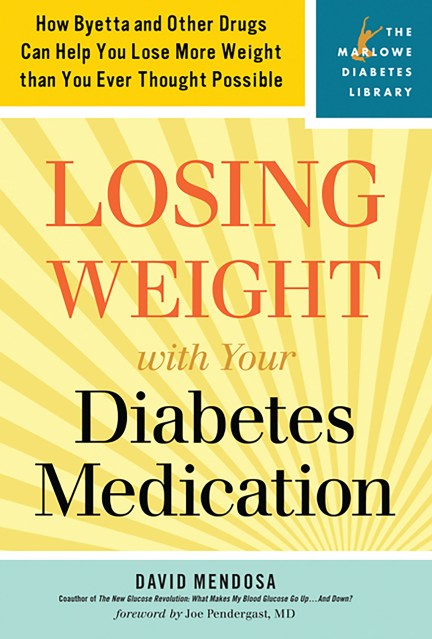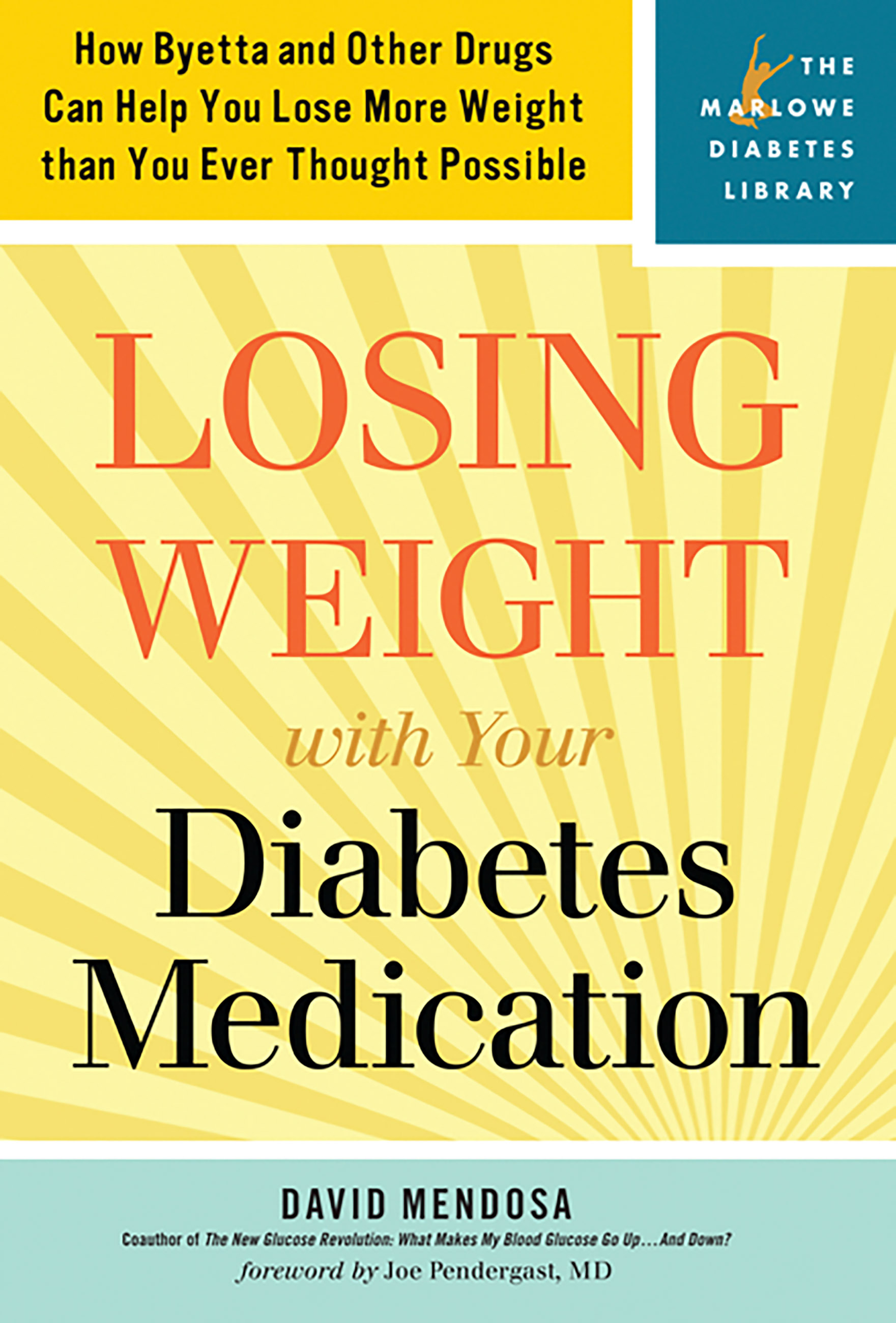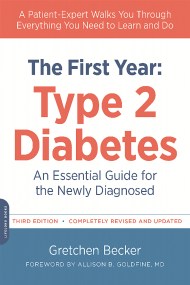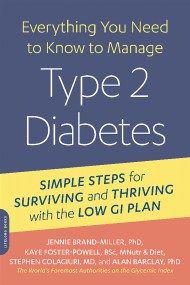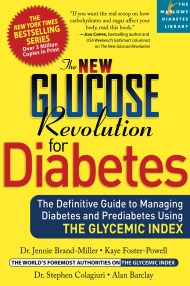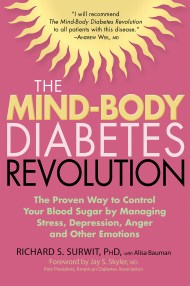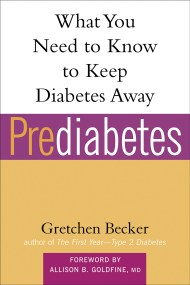Promotion
Use code MOM24 for 20% off site wide + free shipping over $45
Losing Weight with Your Diabetes Medication
How Byetta and Other Drugs Can Help You Lose More Weight than You Ever Thought Possible
Contributors
Foreword by Joe Prendergast
Formats and Prices
Price
$9.99Price
$12.99 CADFormat
Format:
ebook $9.99 $12.99 CADThis item is a preorder. Your payment method will be charged immediately, and the product is expected to ship on or around February 26, 2008. This date is subject to change due to shipping delays beyond our control.
Also available from:
Losing weight can make managing your diabetes easier while preventing and improving-even possibly reversing-common diabetes-related complications.Countless people with diabetes face the challenge of controlling their weight while successfully managing their medical condition-because many diabetes drugs actually promote weight gain. In the first-ever investigation of its kind, Losing Weight with Your Diabetes Medication clearly lays out everything you need to know about your treatment options and how they affect your weight, as well as a 360-degree analysis of cutting-edge new drugs like Byetta that are revolutionizing diabetes care. One of North America's leading diabetes journalists and patient-advocates, David Mendosa provides this information alongside everything you need to know to manage your weight and your health, including: An A-to-Z rundown of dozens of diabetes drugs and how they affect your weight Other weight-loss drugs that can directly improve your diabetes management Overview of Byetta and other revolutionary GLP-1 drugs and how they work best for you Tips for incorporating exercise into each day without changing your schedule Choosing the most nutritious, low-glycemic index foods to maximize weight loss In-depth resources and prescribing information Losing Weight with Your Diabetes Medication is an essential and inspirational breakthrough for diabetes patients who want to take control over their condition, end the cycle of ineffective diets, and finally shed unwanted weight.
Genre:
- On Sale
- Feb 26, 2008
- Page Count
- 240 pages
- Publisher
- Da Capo Lifelong Books
- ISBN-13
- 9780738215037
Newsletter Signup
By clicking ‘Sign Up,’ I acknowledge that I have read and agree to Hachette Book Group’s Privacy Policy and Terms of Use
